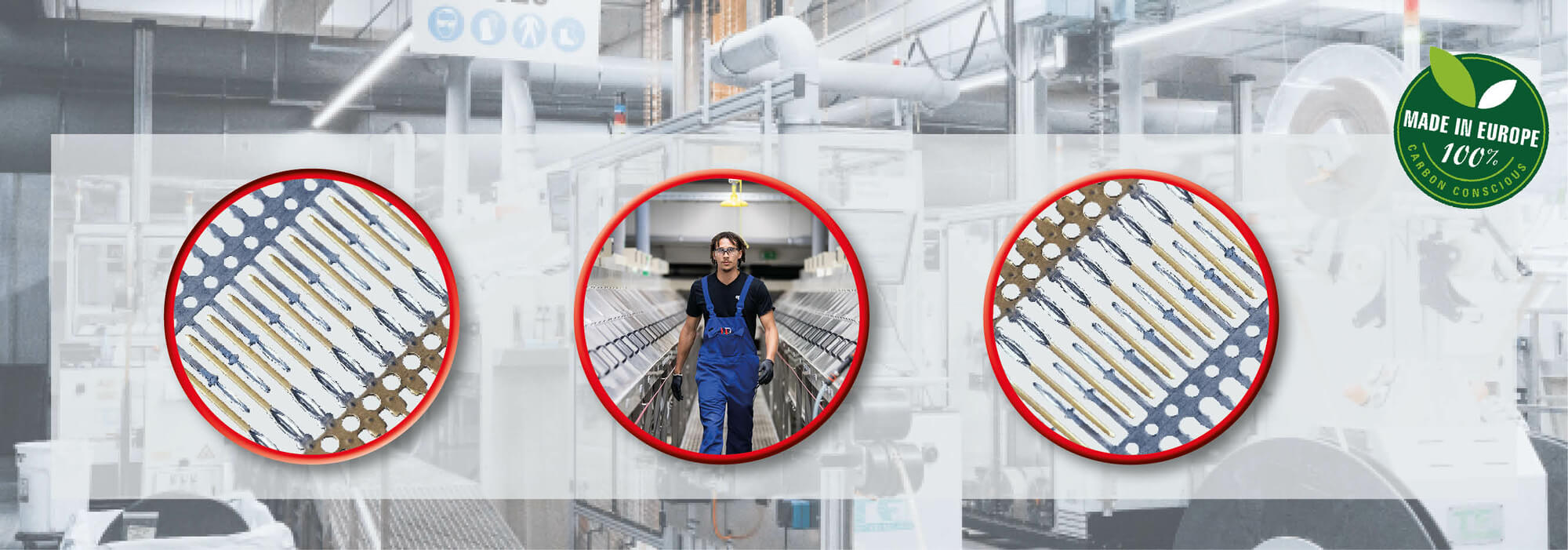Contact surfaces - Delivering strong performance with less gold
State-of-the-art electroplating processes increase the cost-effectiveness of PCB connectors
Plating coated with gold is still the number one choice in situations where a connector needs to be fully reliable over the long term – even under demanding operating and environmental conditions. However, the performance required in many applications can also be achieved with a coating system that does the job with a lower gold content.
The design of PCB connectors is often based on reaching the best possible compromise between technical and economic requirements. On the technical side, factors such as the mechanical load capacity of the connection, the specific environmental conditions during operation, and the concrete specification of the transmission power to be provided must be taken into account. From a cost-effectiveness point of view, manufacturers needs to ask themselves how high the quality of the product really needs to be, factoring in the purpose and duration of the application.
Gold is often the number one choice for board-to-board connectors
It often seems that customers are acting on autopilot when they specify goal-coated plating – especially for high-quality and technically demanding products. But in fact, gold is the only material that optimally combines all the properties that make up the quality of a connector: Gold is resistant to corrosion and withstands the harshest environmental conditions, shows hardly any material fatigue even after a large number of mating cycles, and ensures optimum transmission of current and voltage even at temperatures as low as 150 degrees Celsius. Depending on the application, silver is traditionally used as the more cost-effective alternative coating, and it also performs even better than gold in terms of electrical conductivity. However, the significantly higher contact normal force can lead to unwanted restrictions being placed on the design of the connector in individual cases.
Selectively using gold saves costs
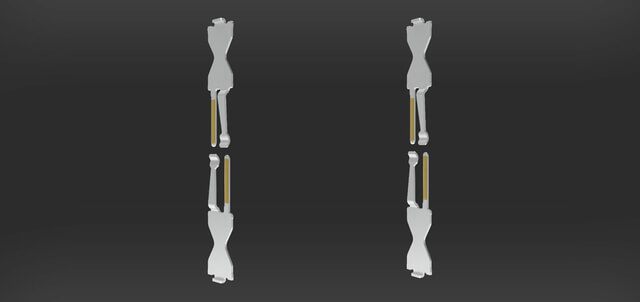
Those who do not want to stop using gold altogether can at least keep its use to a minimum. One example of this is by only selectively coating contacts of male and female connectors directly at the point of actual current and voltage transfer, for example.
In the double-sided contact system Scale-X of the Zero8 connector, two spot masks are used for this purpose; since the functional areas are located on both sides.
more information about the contact system Scale-X »
In the double-sided contact system Scale-X of the Zero8 connector, two spot masks are used for this purpose; since the functional areas are located on both sides.
more information about the contact system Scale-X »
Looking for a specific connector?
product list
Alternative coatings with high functionality
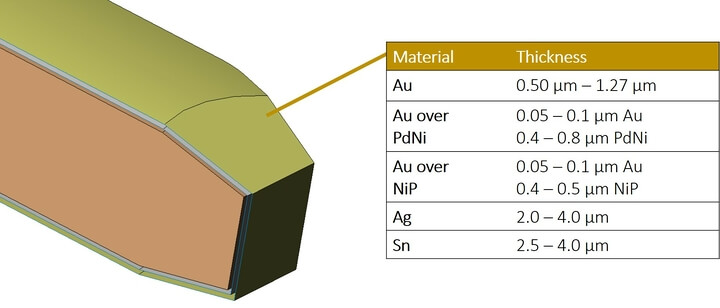
Palladium nickel alloy with gold flash
Typical examples of an alternative to gold include coating plating with a combination of 80 percent palladium and 20 percent nickel with a thin layer of gold as the plating. This layer is called flash gold. This coating structure offers comparable corrosion resistance to gold. Gold flash is needed to plug mate-compatible connectors into each other without restriction. In addition, the contact normal force does not have to be adjusted when the coating system is changed. As far as the essential properties of a connector are concerned (contact resistance, dielectric strength, current-carrying capacity, self-heating in operation), the result is that PdNi plating is a high-performance and cost-effective alternative to products with a pure gold coating.
Nickel phosphor alloy with gold flash
Another alternative coating to gold is an alloy made of nickel-phosphorus, in which a thin layer of gold flash is also applied. The nickel-phosphorus alloy is particularly hard and ductile and is considered chemically noble, as demonstrated by its low wear properties and high corrosion resistance. This alloying is very cost-efficient thanks to the almost complete absence of precious metals.
Typical examples of an alternative to gold include coating plating with a combination of 80 percent palladium and 20 percent nickel with a thin layer of gold as the plating. This layer is called flash gold. This coating structure offers comparable corrosion resistance to gold. Gold flash is needed to plug mate-compatible connectors into each other without restriction. In addition, the contact normal force does not have to be adjusted when the coating system is changed. As far as the essential properties of a connector are concerned (contact resistance, dielectric strength, current-carrying capacity, self-heating in operation), the result is that PdNi plating is a high-performance and cost-effective alternative to products with a pure gold coating.
Nickel phosphor alloy with gold flash
Another alternative coating to gold is an alloy made of nickel-phosphorus, in which a thin layer of gold flash is also applied. The nickel-phosphorus alloy is particularly hard and ductile and is considered chemically noble, as demonstrated by its low wear properties and high corrosion resistance. This alloying is very cost-efficient thanks to the almost complete absence of precious metals.
Inhouse electroplating at the connector manufacturer offers maximum flexibility
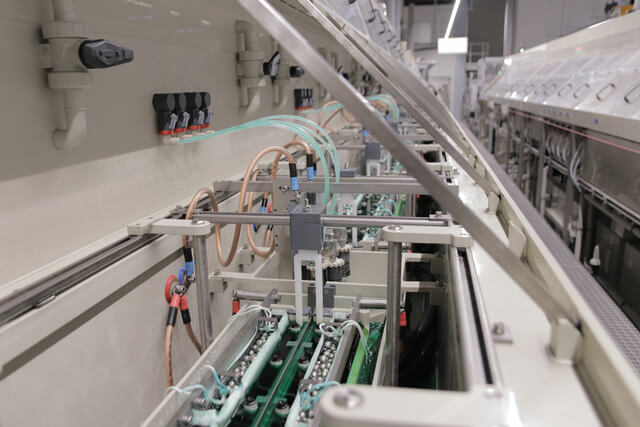
A variety of different electroplating techniques have been used in Europe since the 18th century. Single-part plating is the predominant one, with a specific distinction being made between rack and barrel plating. As the name suggests, rack plating sees the components to be coated suspended from racks and immersed. In barrel plating, the individual parts are inserted into a barrel and thus immersed in the electrolyte. Barrel plating is typically used for bulk materials such as the boardlock for connectors.
When coating connectors, manufacturers often resort to the strip plating process. In this process, components are drawn as a continuous strip through an electroplating line. Compared to barrel or rack plating, the same process conditions always prevail in strip plating so as to guarantee a reliable, uniform coating thickness.
In the strip plating manufacturing process, punched strips with the contact blanks are pulled through the electroplating baths automatically and at comparatively high speed. The coated contacts, which are coiled on spools to protect them from damage caused by handling or during transport, are then immediately available for automated assembly of the connector housings.
When coating connectors, manufacturers often resort to the strip plating process. In this process, components are drawn as a continuous strip through an electroplating line. Compared to barrel or rack plating, the same process conditions always prevail in strip plating so as to guarantee a reliable, uniform coating thickness.
In the strip plating manufacturing process, punched strips with the contact blanks are pulled through the electroplating baths automatically and at comparatively high speed. The coated contacts, which are coiled on spools to protect them from damage caused by handling or during transport, are then immediately available for automated assembly of the connector housings.
By continuously optimizing the production process, an inhouse strip plating line not only allows manufacturers to process a wide range of contact types, but also enables them to realize specific custom plating in a way that is cost-effective. As far as the use of gold is concerned, it is possible for a connector manufacturer with its own inhouse electroplating line to reduce the amount of valuable precious metals it uses to an absolute minimum by, for example, only selectively coating contacts of male and female connectors directly at the point of actual current and voltage transfer. In addition, an inhouse electroplating line offers connector manufacturers the advantage of being able to realize a variety of other material combinations, such as nickel, tin, tin/lead, nickel/phosphorus and palladium.
We recommend choosing a connector manufacturer with its own electroplating line if you want to benefit from an optimal cost-benefit ratio and ensure maximum flexibility in the plating and the coatings you need configured. As one of the world’s leading manufacturers of PCB connectors, ept GmbH operates six of its own strip electroplating lines at two German locations, enabling the production of coatings from a maximum of ten different surface combinations with a minimum of modifications.
We recommend choosing a connector manufacturer with its own electroplating line if you want to benefit from an optimal cost-benefit ratio and ensure maximum flexibility in the plating and the coatings you need configured. As one of the world’s leading manufacturers of PCB connectors, ept GmbH operates six of its own strip electroplating lines at two German locations, enabling the production of coatings from a maximum of ten different surface combinations with a minimum of modifications.
Quality assurance in inhouse laboratories
All of this does not mean that the customer- and application-specific configuration of PCB connectors is limited to the surface – it encompasses the entire structure of a contact, including its base material and intermediate layer, too. Special processes that are developed based on the respective technical and economic requirements allow fully customized products to be manufactured, the quality of which is verified by continuous testing in our inhouse laboratories. In this way, operation in accordance with specifications is tested under conditions that far exceed the relevant standards. An example of this are the requirements according to DIN 41612 connectors, according to which the quality of a product must be completely guaranteed even after 500 (performance level 1) or 400 (performance level 2) mating cycles.
Sustainable production process
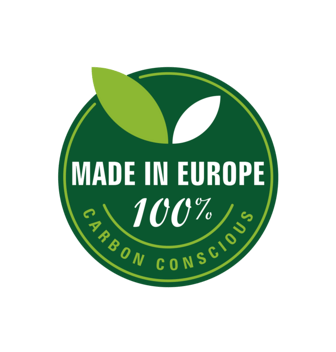
In addition to optimum cost-effectiveness and unparalleled product quality, coating on inhouse electroplating lines also allows resources to be conversed to the fullest extent. On top of the coating materials, these include the chemical substances required in the electroplating process, which are comprehensively treated by connector manufacturer ept using an internal wastewater treatment system. Furthermore, the rinsing water used to clean the galvanized contacts is circulated through an ion exchange system, which reduces the volume of fresh water required by the equipment to a minimum.
ept ensures the sustainability of production with a complex system of project and process management as well as its own capacities for the development and production of all necessary operating resources. The company’s own staff constructs whatever tools and machines are needed to manufacture PCB connectors. From individual production to facility maintenance and electrical planning, all the work needed for ongoing operations is carried out internally in order to continuously improve production and adapt it to the latest findings.
ept ensures the sustainability of production with a complex system of project and process management as well as its own capacities for the development and production of all necessary operating resources. The company’s own staff constructs whatever tools and machines are needed to manufacture PCB connectors. From individual production to facility maintenance and electrical planning, all the work needed for ongoing operations is carried out internally in order to continuously improve production and adapt it to the latest findings.
Webinar "contact surfaces in the mating area"

Would you like to learn more about contact surfaces in the mating area and electroplating processes?
From our surface expert Christoph Schnatz you will learn the most important properties of contact surfaces made of gold, silver, nickel, palladium and tin and find out which contact surface is the right choice and when, so that requirements such as durability, demanding environmental conditions and electrical conditions do not affect data transmission.
The webinar will provide you with detailed explanations and hands-on examples.
More information to the webinar »
From our surface expert Christoph Schnatz you will learn the most important properties of contact surfaces made of gold, silver, nickel, palladium and tin and find out which contact surface is the right choice and when, so that requirements such as durability, demanding environmental conditions and electrical conditions do not affect data transmission.
The webinar will provide you with detailed explanations and hands-on examples.
More information to the webinar »

Questions?contact us!
contact form



